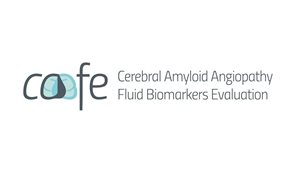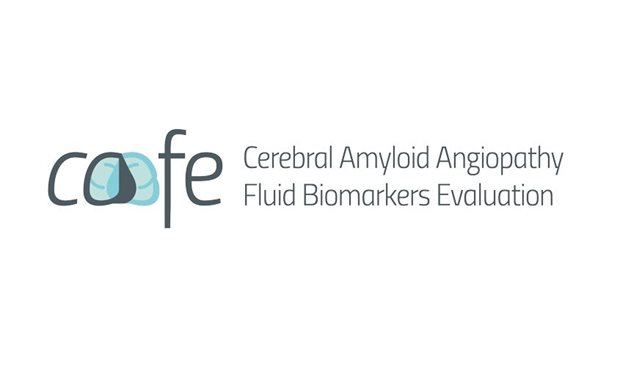

Background of the CAFE project
Recently, a transgenic rat model of CAA was developed that closely resembles human CAA deposition in the microvasculature. This model allows for studying disease progression in relation to biomarker levels longitudinally, and gives the opportunity to investigate prodromal stages of disease. read moreAims
- To study the trajectory of candidate CAA biomarkers in a novel transgenic rat model from the presymptomatic phase to the symptomatic phase.
- To identify new potential biomarkers for CAA using proteomic methods in transgenic CAA rats.
- To determine biomarker specificity for CAA.
- To further characterize, develop and validate candidate protein biomarkers in biological fluids for the diagnosis of CAA patients and control groups including a group with hypertensive vasculopathy and healthy controls.
Methods
Candidate CAA biomarkers will be studied in CSF obtained from rats from 3 months and progressing up to 6, 9 and 12 months. In this way, we will be able to correlate biomarker levels to age and disease progression.In addition, we will identify new biomarkers using two complementary proteomic approaches.
Biomarker levels will also be tested in a human cohort consisting of CAA patients, patients with an intracerebral hematoma due to hypertensive vasculopathy and healthy controls.
Duration of the project
The duration of the project is 5 years, starting in 2018.Partners
- Rhode Island University
